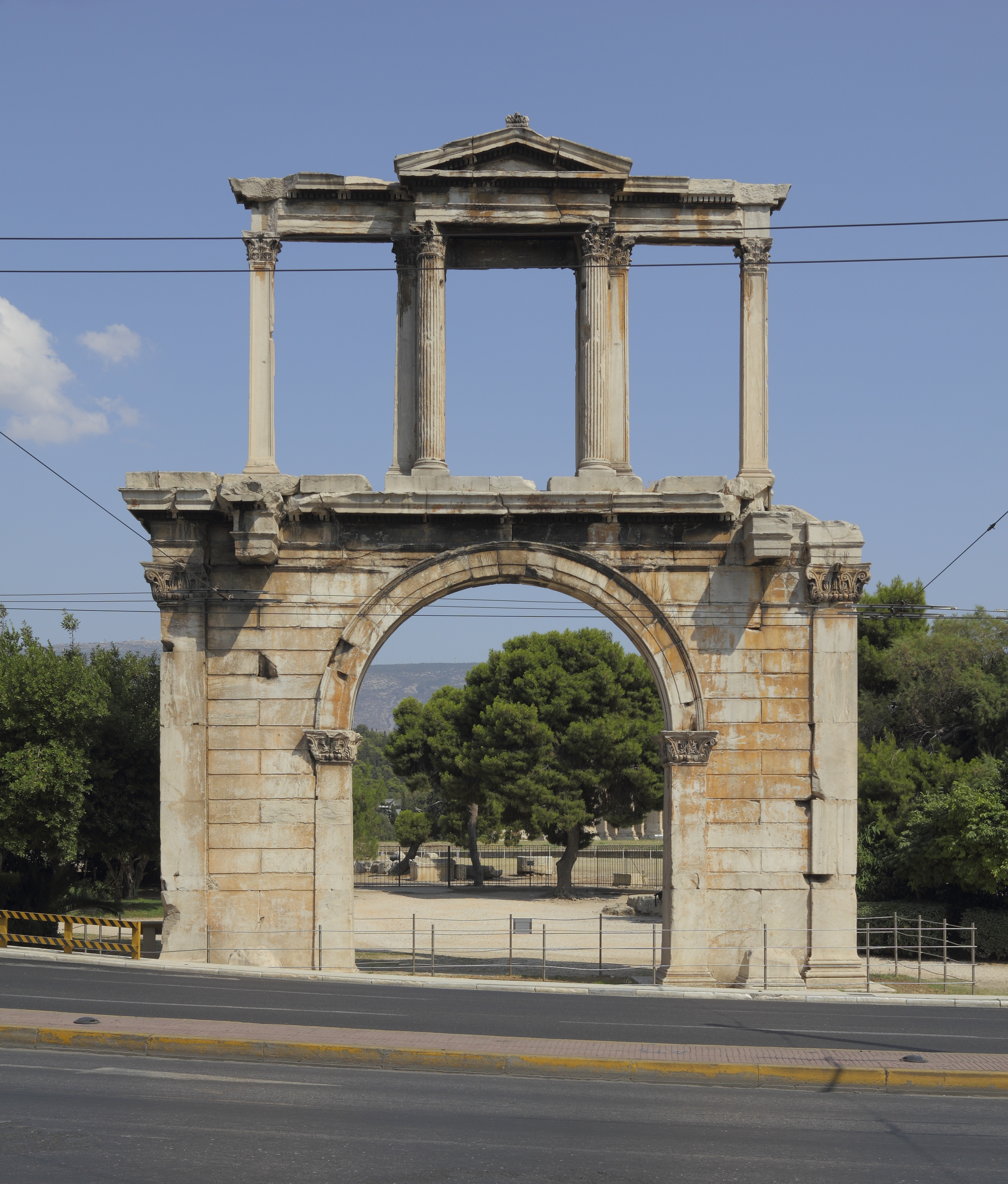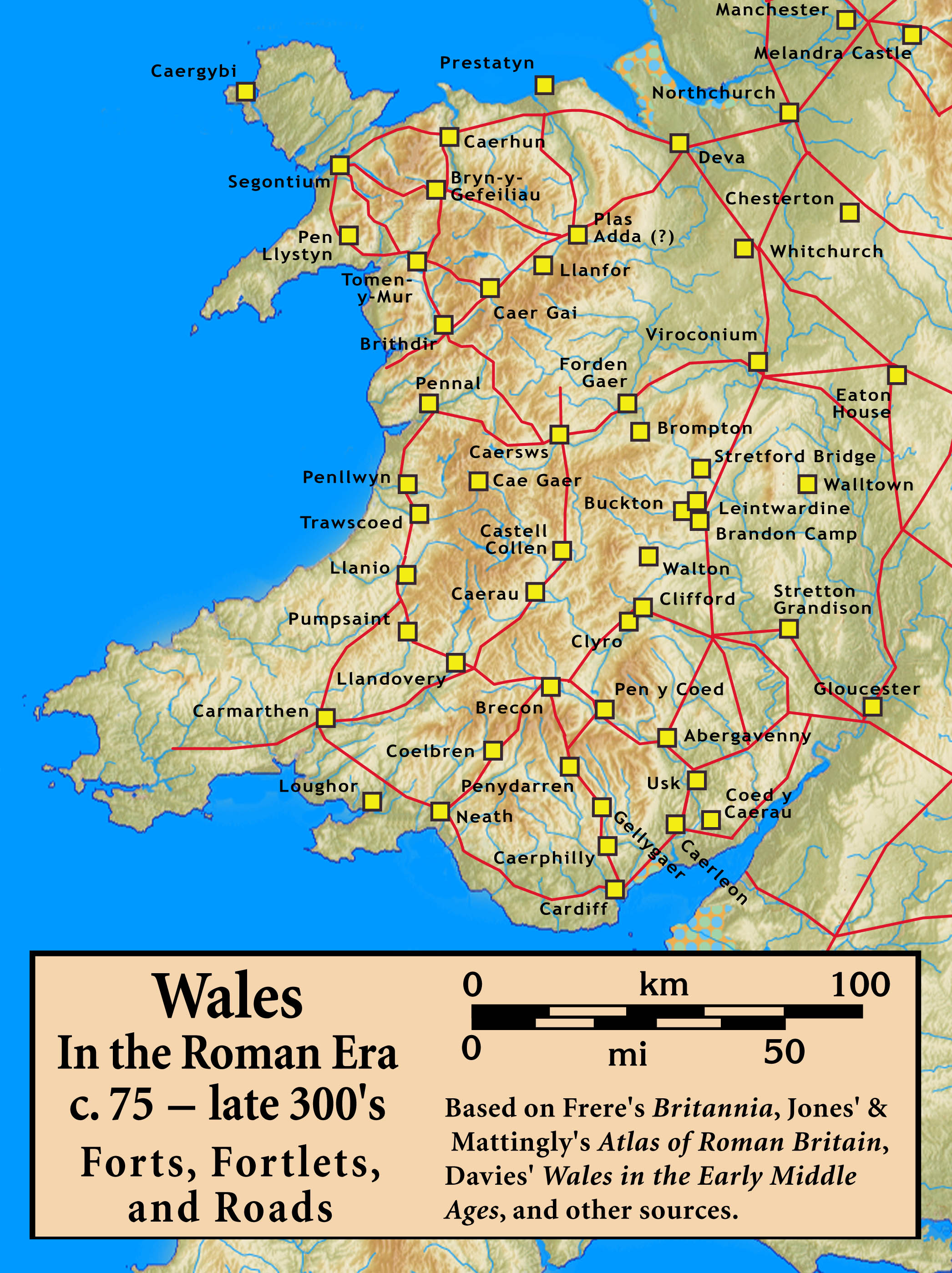|
Arutela (castra)
Arutela was a fort in the Roman province of Dacia located on Limes Alutanus. It was erected on 138 by ''"Surri sagittari"'' by the order of Titus Flavius Constans, imperial procurator of Dacia Inferior. The last Roman coin found here was from Elagabal, emitted between 220 - 222. Images File:Castrul roman Arutela - vedere dinspre rau.jpg File:Arutela, vede de ansamblu.JPG File:Castru Roman Arutela 02.JPG See also *List of castra Castra (Latin, singular castrum) were military forts of various sizes used by the Roman army throughout the Empire in various places of Europe, Asia and Africa. The largest castra were permanent legionary fortresses. Locations The disposition ... Notes References * External links *Roman castra from Romania - Google MapsEarth Roman legionary fortresses in Romania History of Oltenia Historic monuments in Vâlcea County {{Dacia-stub ... [...More Info...] [...Related Items...] OR: [Wikipedia] [Google] [Baidu] |
Hadrian
Hadrian (; la, Caesar Trâiānus Hadriānus ; 24 January 76 – 10 July 138) was Roman emperor from 117 to 138. He was born in Italica (close to modern Santiponce in Spain), a Roman '' municipium'' founded by Italic settlers in Hispania Baetica and he came from a branch of the gens Aelia that originated in the Picenean town of Hadria, the ''Aeli Hadriani''. His father was of senatorial rank and was a first cousin of Emperor Trajan. Hadrian married Trajan's grand-niece Vibia Sabina early in his career before Trajan became emperor and possibly at the behest of Trajan's wife Pompeia Plotina. Plotina and Trajan's close friend and adviser Lucius Licinius Sura were well disposed towards Hadrian. When Trajan died, his widow claimed that he had nominated Hadrian as emperor immediately before his death. Rome's military and Senate approved Hadrian's succession, but four leading senators were unlawfully put to death soon after. They had opposed Hadrian or seemed to threat ... [...More Info...] [...Related Items...] OR: [Wikipedia] [Google] [Baidu] |
Roman Legionary Fortresses In Romania
Roman or Romans most often refers to: *Rome, the capital city of Italy *Ancient Rome, Roman civilization from 8th century BC to 5th century AD *Roman people, the people of ancient Rome *'' Epistle to the Romans'', shortened to ''Romans'', a letter in the New Testament of the Christian Bible Roman or Romans may also refer to: Arts and entertainment Music *Romans (band), a Japanese pop group * ''Roman'' (album), by Sound Horizon, 2006 * ''Roman'' (EP), by Teen Top, 2011 *"Roman (My Dear Boy)", a 2004 single by Morning Musume Film and television * Film Roman, an American animation studio * ''Roman'' (film), a 2006 American suspense-horror film * ''Romans'' (2013 film), an Indian Malayalam comedy film * ''Romans'' (2017 film), a British drama film * ''The Romans'' (''Doctor Who''), a serial in British TV series People * Roman (given name), a given name, including a list of people and fictional characters * Roman (surname), including a list of people named Roman or Romans *Ῥωμ� ... [...More Info...] [...Related Items...] OR: [Wikipedia] [Google] [Baidu] |
List Of Castra
Castra ( Latin, singular castrum) were military forts of various sizes used by the Roman army throughout the Empire in various places of Europe, Asia and Africa. The largest castra were permanent legionary fortresses. Locations The disposition of the castra reflects the most important zones of the empire from a military point of view. Many castra were disposed along frontiers particularly in Northern and Central Europe. Another focal point was the Eastern border, where the Roman Empire confronted one of its long-term enemies, the Persian Empire. Other castra were located in strategically important zones, as in Egypt, from which most of the wealth of the empire came. Finally, other castra were located in zones in which the Romans experienced local unrest, such as Northern Spain and Judea. Provinces where the Roman power was unchallenged, such as Italy, Gaul, Africa and Greece, were provided with few or no castra. In the long history of the Roman Empire, the character of the mil ... [...More Info...] [...Related Items...] OR: [Wikipedia] [Google] [Baidu] |
Elagabal
Elagabalus (), Aelagabalus, Heliogabalus, () or simply Elagabal (Aramaic: 𐡁𐡋𐡄𐡂𐡀𐡋 ''ʾĕlāhgabāl'' or 𐡁𐡋𐡄𐡀𐡂𐡀𐡋 ''ʾĕlāhaʾgabāl''; Arabic: إله الجبل ''Ilah al-Jabal'', "mountain god") was an Arab-Roman sun god, initially venerated in Emesa (modern-day Homs), Syria. Although there were many variations of the name, the god was consistently referred to as Elagabalus in Roman coins and inscriptions from AD 218 on, during the reign of emperor Elagabalus. Cult Elagabalus was initially venerated at Emesa in Syria, where the Arab Emesan dynasty acted as its priests. The name is the Latinised form of the Arabic "Ilah al-Jabal" ("إله الجبل"), the Emesene manifestation of the deity, which is Arabic for "God of the Mountain." Elagabalus was the religious "lord", or Ba'al, of Emesa. The deity successfully preserved Arab characteristics, both in his names and in his representations. The cult of the deity spread to othe ... [...More Info...] [...Related Items...] OR: [Wikipedia] [Google] [Baidu] |
Procurator (Roman)
Procurator (plural: ''Procuratores'') was a title of certain officials (not magistrates) in ancient Rome who were in charge of the financial affairs of a province, or imperial governor of a minor province. Fiscal officers A fiscal procurator (''procurator Augusti'') was the chief financial officer of a province during the Principate (30 BC – AD 284). A fiscal procurator worked alongside the '' legatus Augusti pro praetore'' (imperial governor) of his province but was not subordinate to him, reporting directly to the emperor. The governor headed the civil and judicial administration of the province and was the commander-in-chief of all military units deployed there. The procurator, with his own staff and agents, was in charge of the province's financial affairs, including the following primary responsibilities: *the collection of taxes, especially the land tax (''tributum soli''), poll tax (''tributum capitis''), and the ''portorium'', an imperial duty on the carriage of goods ... [...More Info...] [...Related Items...] OR: [Wikipedia] [Google] [Baidu] |
Titus Flavius Constans
Titus Caesar Vespasianus ( ; 30 December 39 – 13 September 81 AD) was Roman emperor from 79 to 81. A member of the Flavian dynasty, Titus succeeded his father Vespasian upon his death. Before becoming emperor, Titus gained renown as a military commander, serving under his father in Judea during the First Jewish–Roman War. The campaign came to a brief halt with the death of emperor Nero in 68, launching Vespasian's bid for the imperial power during the Year of the Four Emperors. When Vespasian was declared Emperor on 1 July 69, Titus was left in charge of ending the Jewish rebellion. In 70, he besieged and captured Jerusalem, and destroyed the city and the Second Temple. For this achievement Titus was awarded a triumph; the Arch of Titus commemorates his victory to this day. During his father's rule, Titus gained notoriety in Rome serving as prefect of the Praetorian Guard, and for carrying on a controversial relationship with the Jewish queen Berenice. Despite concern ... [...More Info...] [...Related Items...] OR: [Wikipedia] [Google] [Baidu] |
Castra
In the Roman Republic and the Roman Empire, the Latin word ''castrum'', plural ''castra'', was a military-related term. In Latin usage, the singular form ''castrum'' meant 'fort', while the plural form ''castra'' meant 'camp'. The singular and plural forms could refer in Latin to either a building or plot of land, used as a fortified military base.. Included is a discussion about the typologies of Roman fortifications. In English usage, ''castrum'' commonly translates to "Roman fort", "Roman camp" and "Roman fortress". However, scholastic convention tends to translate ''castrum'' as "fort", "camp", "marching camp" or "fortress". Romans used the term ''castrum'' for different sizes of camps – including large legionary fortresses, smaller forts for cohorts or for auxiliary forces, temporary encampments, and "marching" forts. The diminutive form ''castellum'' was used for fortlets, typically occupied by a detachment of a cohort or a ''centuria''. For a list of known cast ... [...More Info...] [...Related Items...] OR: [Wikipedia] [Google] [Baidu] |
Dumitru Tudor
Dumitru is a Romanian surname and given name. Notable people with the surname include: *Alina Alexandra Dumitru (born 1982), Romanian judoka *Alexe Dumitru (1935–1971), Romanian sprint canoer *Ion Dumitru (born 1950), Romanian footballer *Nicolao Dumitru (born 1991), Italian footballer *Ted Dumitru (1939–2016), Romanian football manager Notable people with the given name include: *Dumitru Bâșcu (1902–1983), Romanian painter *Dumitru Berciu (1907–1998), Romanian historian and archaeologist * Dumitru Caracostea (1879–1964), Romanian folklorist, literary historian, and critic *Dumitru Carlaonț (1888–1970), Romanian general * Dumitru Ciotti (1882/1885–1974), Megleno-Romanian activist, editor and schoolteacher *Dumitru Corbea (1910–2002), Romanian writer *Dumitru Cornilescu (1891–1975), Romanian theologian *Dumitru Karnabatt (1877–1949), Romanian poet, art critic, and political journalist *Dumitru C. Moruzi (1850–1914), Moldavian-born Russian and Romanian aristo ... [...More Info...] [...Related Items...] OR: [Wikipedia] [Google] [Baidu] |
Pamfil Polonic
Pamfil Polonic (27 August 1858 – 17 April 1943) was a Romanian archaeologist and topographer Topography is the study of the forms and features of land surfaces. The topography of an area may refer to the land forms and features themselves, or a description or depiction in maps. Topography is a field of geoscience and planetary scie .... Notes People from Suceava Romanian archaeologists 20th-century Romanian historians 1858 births 1943 deaths 19th-century Romanian historians {{archaeologist-stub ... [...More Info...] [...Related Items...] OR: [Wikipedia] [Google] [Baidu] |
Buridava (castra)
Castra Buridava was a fort in the Roman province of Dacia. Gallery Image:Castra Buridava 01.JPG Image:Castra Buridava 03.JPG Image:Castra Buridava 05.JPG Image:Castra Buridava 07.JPG See also * Buridava * List of castra in Romania * List of castra Castra (Latin, singular castrum) were military forts of various sizes used by the Roman army throughout the Empire in various places of Europe, Asia and Africa. The largest castra were permanent legionary fortresses. Locations The disposition ... Notes External links *Roman castra from Romania - Google MapsEarth Roman Dacia Archaeological sites in Romania Roman legionary fortresses in Romania History of Oltenia Historic monuments in Vâlcea County {{Dacia-stub ... [...More Info...] [...Related Items...] OR: [Wikipedia] [Google] [Baidu] |


